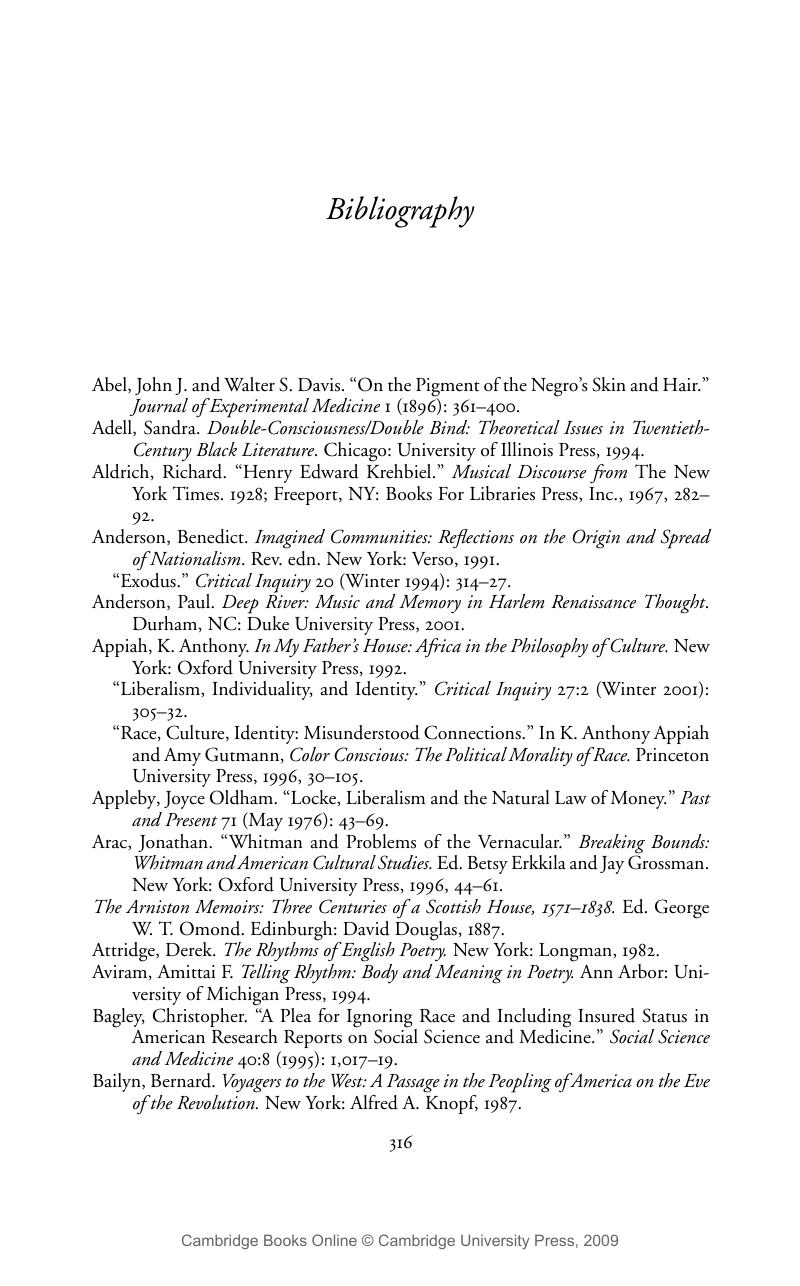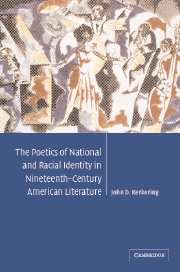Bibliography
Published online by Cambridge University Press: 22 September 2009
Summary

- Type
- Chapter
- Information
- The Poetics of National and Racial Identity in Nineteenth-Century American Literature , pp. 316 - 342Publisher: Cambridge University PressPrint publication year: 2003



